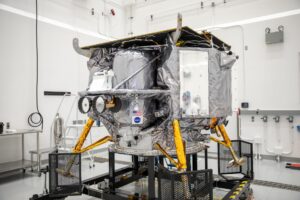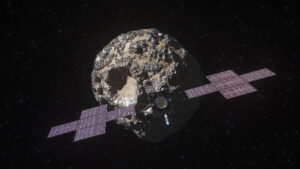With each mission to space there is one more step forward on humanity's road to Mars.
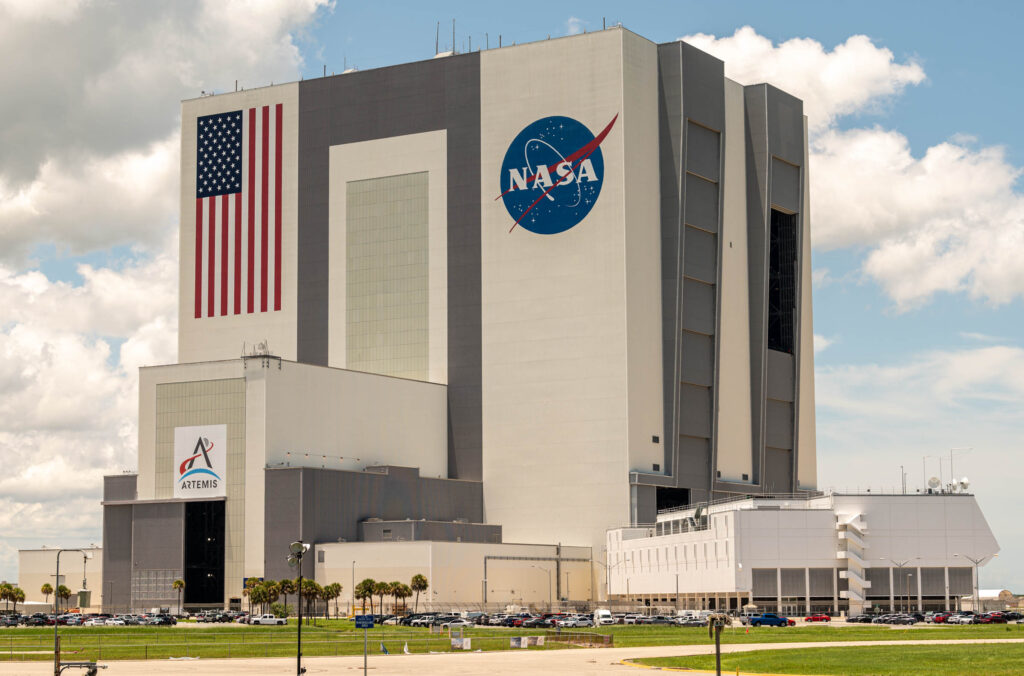
Credit: John Pisani for Cosmic Perspective
Traveling to an orbital laboratory is no easy task. It takes thousands of hours behind the scenes to enable a successful liftoff of a rocket. It takes thousands of hours to develop a spacecraft that sits on top of it. And it takes thousands of hours to curate the experiments, cargo, and meals to be delivered to the International Space Station. But it takes just a few moments to witness a rocket launch, feel the power of the thrust enabling its escape from Earth’s gravity, and then a coincidence in time and orbital mechanics to allow the unfurling of what has been dubbed a “space jellyfish.”
SpaceX launched the 25th Commercial Resupply Services (CRS) mission on July 14, 2022 from Kennedy Space Center’s Launch Complex 39A at 8:44:20pm EDT. Just 23 minutes after sunset on Florida’s Space Coast, Falcon 9 and Dragon lifted off into a blue hour twilight sky. Moments after main engine cut-off and stage separation, the second stage ignited just above the Earth’s atmosphere and that is when the space jellyfish began to grow.
What is this space jellyfish? It’s a term coined by space enthusiasts that applies when a rocket launches just before sunrise or sunset (usually during twilight hours) and as the rocket travels higher and higher, it actually ends up in sunlight again. Whereas back at the launch site, the sun has already set. This illumination high up in the atmosphere or beyond it and in space, allows us to see the exhaust gasses expanding as huge white blobs in the sky, usually looking like a jellyfish.
Earlier in the day media gathered at NASA Kennedy’s 39A Press Site to board buses and travel to various spots around LC-39A to place remote cameras. Despite the phrase used to describe the setup, most gear placed around the pad are cameras activated by sound to take photographs, we do not control them remotely. Other setups, like the one I use to record video are a little more complex.
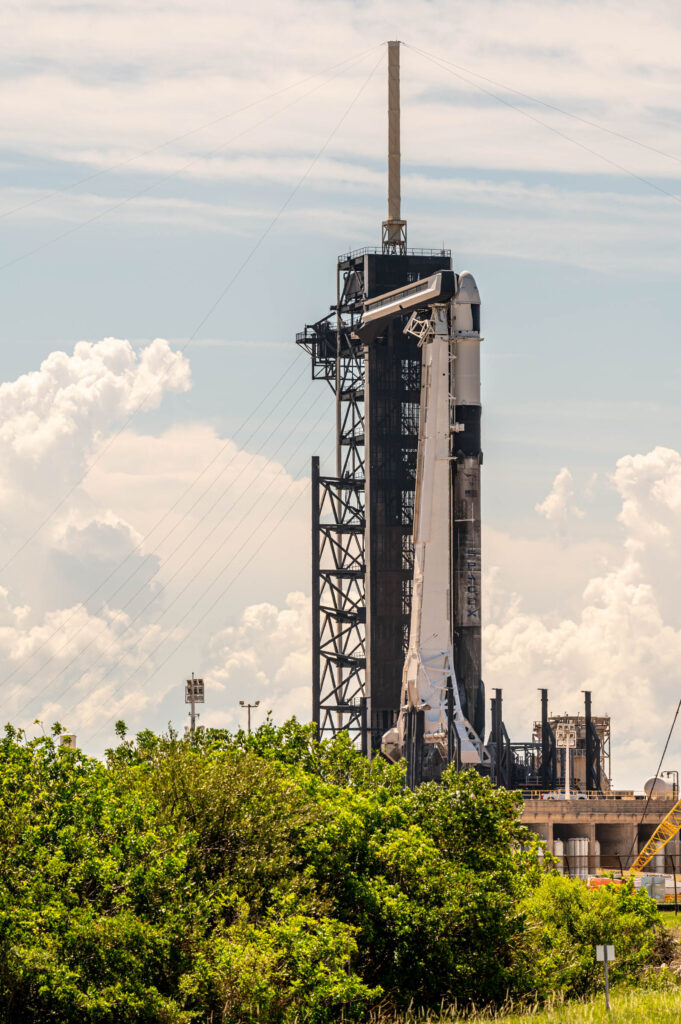
Credit: John Pisani for Cosmic Perspective
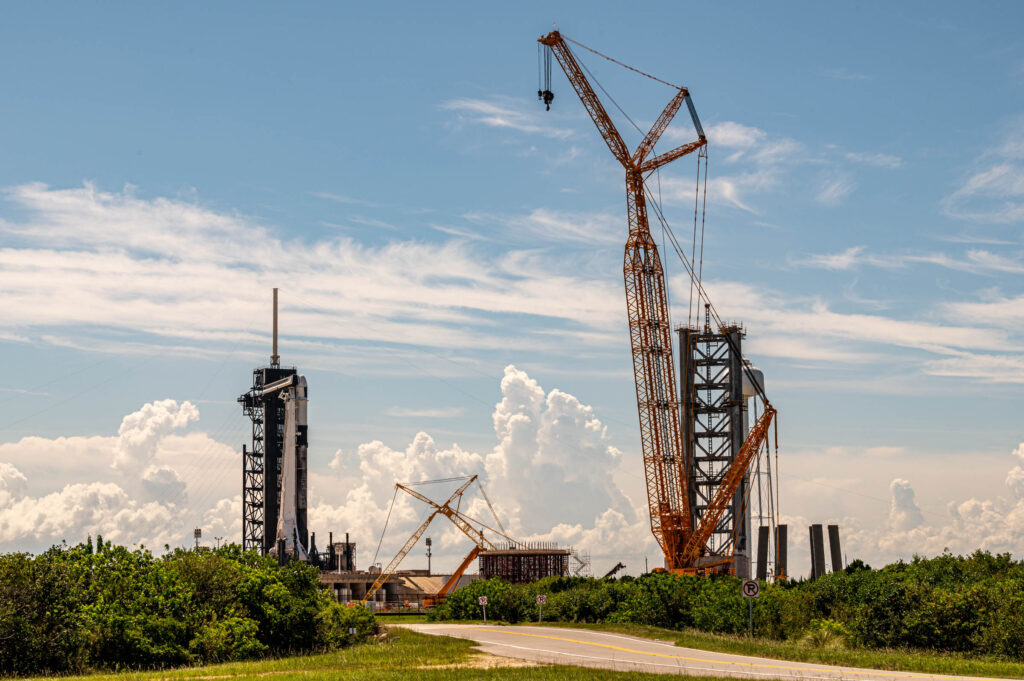
Work at LC-39A is well underway to support future launches of SpaceX’s Starship/ Superheavy vehicle.
Credit: John Pisani for Cosmic Perspective

Cargo Dragon and Falcon 9 ready to launch CRS-25 from LC-39A.
Credit: John Pisani for Cosmic Perspective
I was there to place a DSLR camera, a video camera and a field audio recorder and microphone setup, custom made by Cosmic Perspective’s Andrew Keating. This specially curated audio gear allows us to capture launch audio from close proximity with incredible fidelity. Capturing photographs from the pad has its own challenges, but is fairly straightforward assuming you have properly set your gear up. Which does not always go as planned– I actually underexposed my images during this launch rendering them unusable.
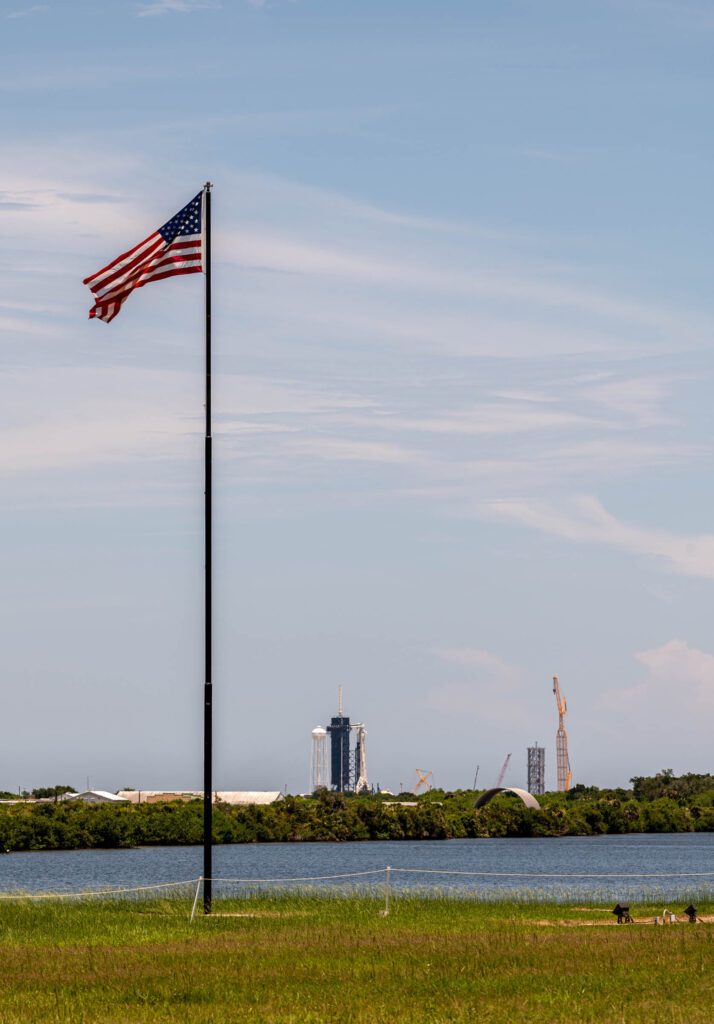
Credit: John Pisani for Cosmic Perspective
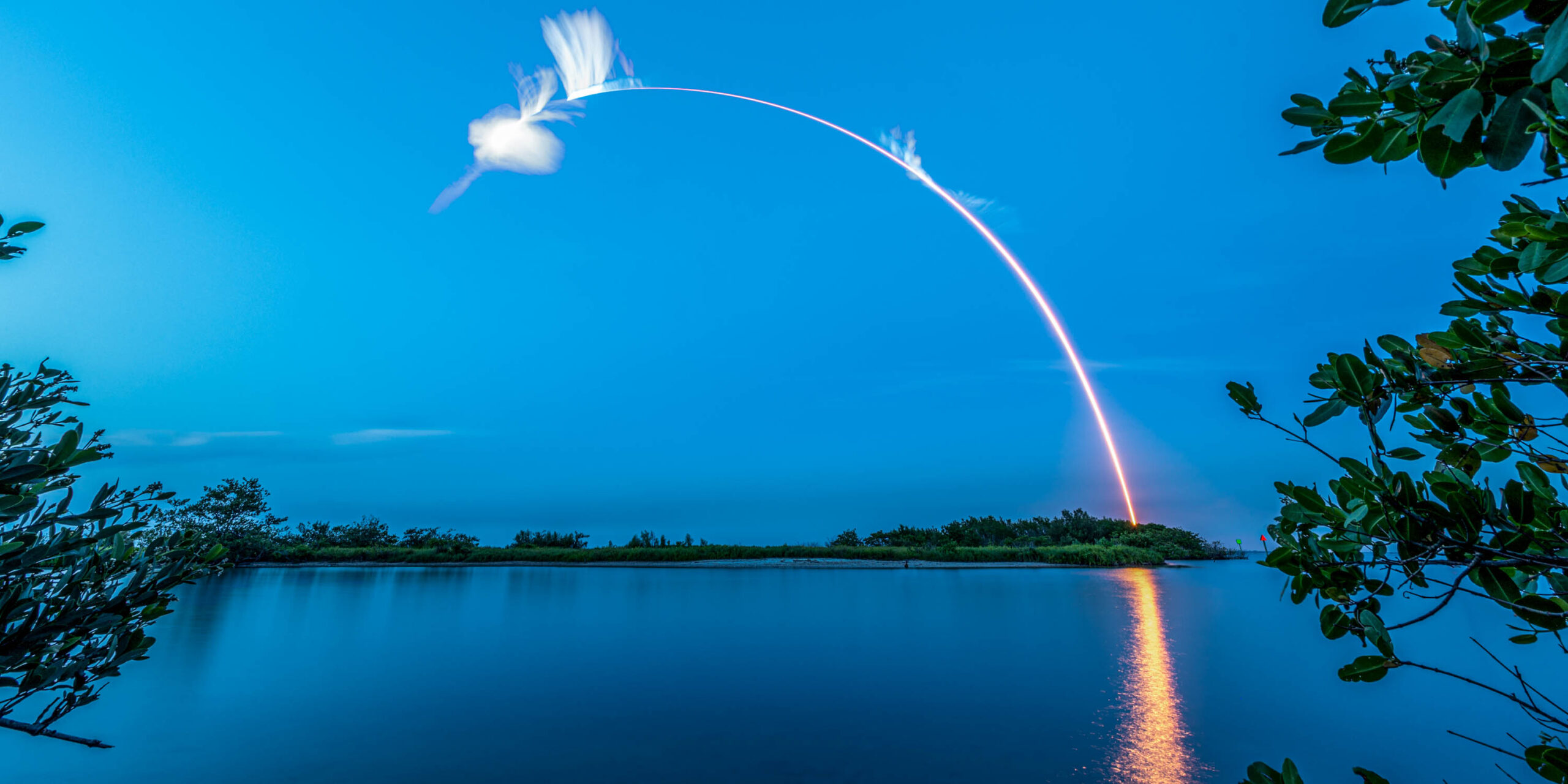
Credit: John Pisani for Cosmic Perspective


